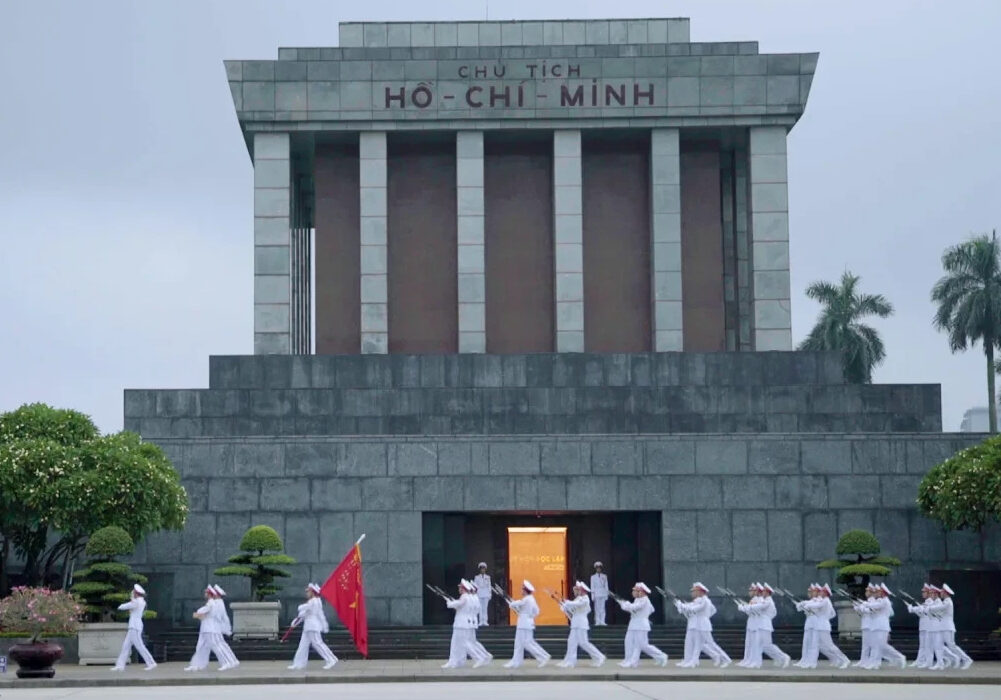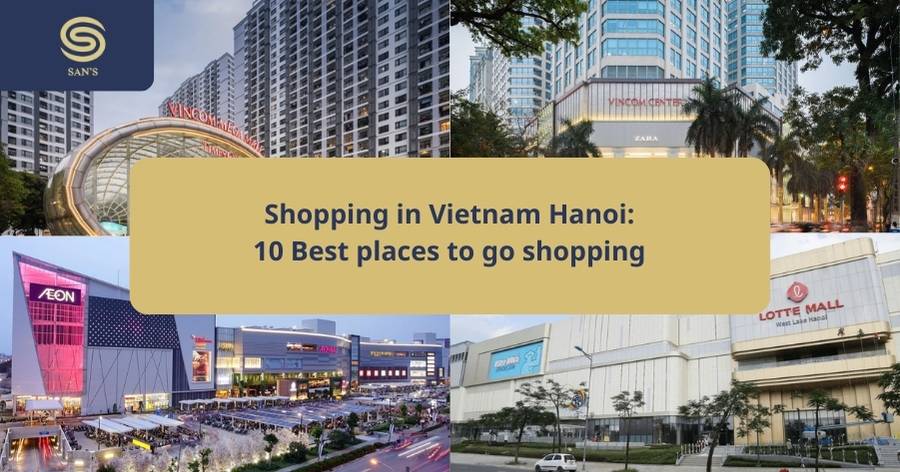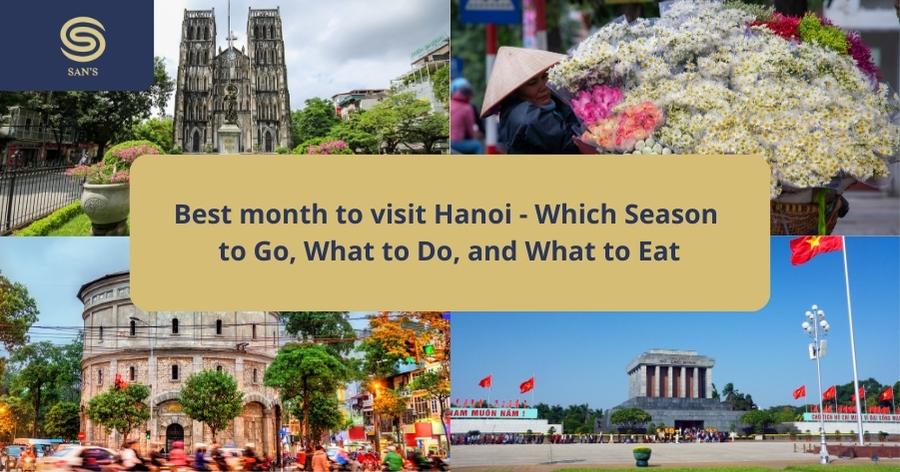1. Hanoi – The capital city of Vietnam
Hanoi is a vibrant city known for its rich history, delicious food, and stunning views. Visitors to the city can explore its numerous cultural landmarks, such as the Ho Chi Minh Mausoleum and the Temple of Literature. The city also offers breathtaking views of natural wonders, such as the tranquil Hoan Kiem Lake and the picturesque West Lake.
When it comes to food, Hanoi is famous for its flavorful and diverse cuisine, including pho noodle soup, banh mi sandwiches, and traditional egg coffee. The city’s food scene is a perfect representation of its culture, which is a unique blend of traditional Vietnamese heritage and French colonial influence. Overall, Hanoi offers a truly unforgettable experience for anyone looking to immerse themselves in a beautiful and diverse culture.
There are many exciting places to visit in Hanoi, depending on your interests. Here are some suggestions:
Hoan Kiem Lake – This iconic lake is the heart of Hanoi and is surrounded by many historical and cultural landmarks.
The Old Quarter – The bustling streets of the Old Quarter are filled with shops, restaurants, and traditional architecture. It’s a great place to explore on foot and experience the local culture.
Ho Chi Minh Mausoleum – This impressive building is a tribute to Vietnam’s most famous leader and offers visitors a glimpse into the country’s history.
Temple of Literature – A beautiful complex of gardens, temples, and courtyards that dates back to the 11th century and is dedicated to Confucius.
Hanoi Opera House – A stunning example of French colonial architecture and a great place to catch a performance.
West Lake – A picturesque lake surrounded by gardens and pagodas, a great place for a peaceful stroll or a bike ride.
Vietnam Museum of Ethnology – A fascinating museum showcasing the diverse cultures and traditions of Vietnam’s ethnic groups.
Dong Xuan Market – A bustling indoor market with a wide variety of goods for sale, from clothing and electronics to street food.
And Hanoi Ho Chi Minh mausoleum – the symbol of gratitude and respect of Vietnamese people for president Ho Chi Minh
2. What is Hanoi Ho Chi Minh mausoleum?

The Ho Chi Minh Mausoleum is a large monumental structure located in Hanoi, the capital city of Vietnam. It is the final resting place of Ho Chi Minh, the revolutionary leader and the first president of Vietnam, who passed away on September 2, 1969.
The construction of the Hanoi Ho Chi Minh mausoleum began in 1973 and was completed in 1975. The building is made of gray granite and is modeled after Lenin’s Mausoleum in Moscow. The exterior of the building is simple and austere, with minimal decoration, reflecting the modesty and simplicity of Ho Chi Minh’s life.
Inside the Ho Chi Minh mausoleum in Hanoi mausoleum, visitors can see Ho Chi Minh’s embalmed body lying in a glass case. The body is preserved using a special technique that ensures it remains in a lifelike state. Visitors are required to dress appropriately and maintain a solemn demeanor while inside the mausoleum.
The Hanoi Ho Chi Minh Mausoleum is one of the most visited tourist attractions in Hanoi and is an important pilgrimage site for Vietnamese people who come to pay their respects to Ho Chi Minh. The mausoleum is open to visitors from Tuesday to Thursday and on weekends, with the exception of national holidays and the anniversary of Ho Chi Minh’s death (September 2nd).
3. The meanings of Hanoi Ho Chi Minh mausoleum to Vietnamese people

The Hanoi Ho Chi Minh Mausoleum holds a deep cultural and historical significance for the Vietnamese people. Ho Chi Minh is widely revered as the father of modern Vietnam, having played a crucial role in the country’s independence from French colonial rule and the unification of North and South Vietnam.
For many Vietnamese people, the mausoleum represents a symbol of national pride and unity. It is a place where they can pay their respects to Ho Chi Minh and reflect on his legacy as a revolutionary leader who dedicated his life to the service of his country.
The mausoleum is also an important pilgrimage site for many Vietnamese, who visit the site to offer incense and prayers to Ho Chi Minh. It is considered a place of great spiritual significance, and many people believe that visiting the mausoleum can bring good luck and blessings.
The Hanoi Ho Chi Minh mausoleum is a popular tourist attraction, drawing visitors from around the world who come to learn about the life and legacy of Ho Chi Minh, as well as to experience the unique culture and history of Vietnam.
4. How to go inside the Hanoi Ho Chi Minh mausoleum?
If you want to visit the Hanoi Ho Chi Minh Mausoleum, there are several things you need to know before you go. Here are some general guidelines for visiting the mausoleum:
Dress appropriately: Visitors to the mausoleum are expected to dress modestly and respectfully. This means no shorts, tank tops, or other revealing clothing. Visitors should also remove their hats and sunglasses before entering the mausoleum.
Follow the rules: There are strict rules and regulations for visiting the mausoleum. Visitors must walk in single file and maintain a solemn demeanor at all times. Photography is not allowed inside the mausoleum.
Visit during opening hours: The mausoleum is open to visitors from Tuesday to Thursday and on weekends, with the exception of national holidays and the anniversary of Ho Chi Minh’s death (September 2nd). The opening hours are from 8:00 am to 11:00 am.
Be prepared to wait: The lines to enter the mausoleum can be very long, especially during peak tourist season. Be prepared to wait for several hours, especially if you arrive later in the morning.
Follow the instructions of the guards: The guards stationed outside the mausoleum will provide instructions to visitors about how to enter and exit the building. It is important to follow their instructions carefully.
By following these guidelines, you can ensure a respectful and meaningful visit to the Hanoi Ho Chi Minh Mausoleum.
5. Around the Hanoi Ho Chi Minh mausoleum
The area immediately around the Ho Chi Minh Mausoleum is known as Ba Dinh Square, which is a large open space that is often used for national events and celebrations. The square is surrounded by several important government buildings, including the Presidential Palace, the Ministry of Foreign Affairs, and the Ministry of Defense.
The square is also home to several important monuments and statues, including the Monument to Heroic Martyrs, which honors Vietnamese soldiers who fought and died for the country’s independence. The monument features a large bronze statue of a woman holding a baby, which symbolizes the sacrifices made by mothers during the war.
In addition to the monuments and government buildings, Ba Dinh Square is surrounded by lush gardens and tree-lined avenues. The area is a popular spot for locals and tourists alike to take a stroll and enjoy the peaceful atmosphere.
Overall, the area around the Ho Chi Minh Mausoleum is a beautiful and historic part of Hanoi, with plenty of opportunities to explore the city’s rich culture and history.
6. Hotel near Hanoi Ho Chi Minh Mausoleum

Finding an accessible and comfortable hotel is crucial if you’re thinking about visiting the Ho Chi Minh Mausoleum in Hanoi. Fortunately, there are a number of hotels close by that provide a variety of conveniences and services for tourists.
- The Sofitel Legend Metropole Hanoi is one of the most well-known hotels close to the Ho Chi Minh Mausoleum. The tomb is not far from this magnificent hotel, which is situated in the center of Hanoi’s French Quarter. Luxurious lodgings, including rooms and suites, are available at the Sofitel Legend Metropole Hanoi. It also has a spa and a fitness center.
- The Hanoi La Siesta Diamond Hotel & Spa is another fantastic choice for those looking for accommodations close to the Ho Chi Minh Mausoleum. Only a 10-minute drive separates this boutique hotel from the tomb and is situated in the Old Town of Hanoi. The Hanoi La Siesta Diamond Hotel & Spa offers a spa with a variety of services, elegant rooms and suites, and a rooftop bar.
- For those on a tight budget, The San Hotel Series is a great option. This Beautiful hotel complex is located in the heart of Hanoi’s Old Quarter and is only a 15-minute stroll from the Ho Chi Minh Mausoleum. The San Hotel series provides a number of amenities that can help you plan your vacation to Hanoi by offering comfortable lodgings, a restaurant, and a tour desk.
Staying close to the Ho Chi Minh Mausoleum will make your trip to Hanoi more convenient and pleasurable, regardless of the hotel you select. There are numerous hotels in the neighborhood, ranging in price from opulent lodging to economical choices.
Contact information:
Email: info@sanhotelseries.com
Hotline: (+84) 812 351 640





